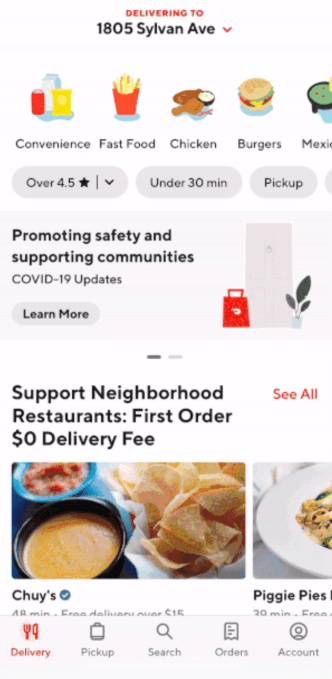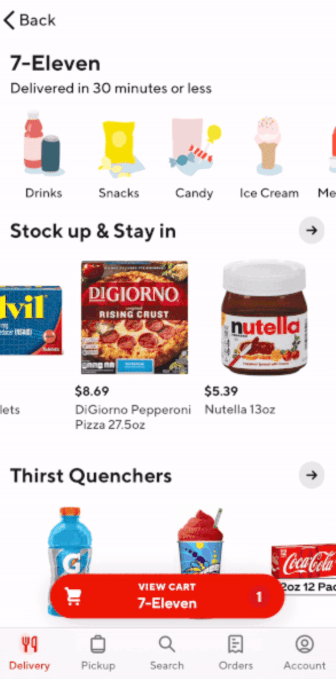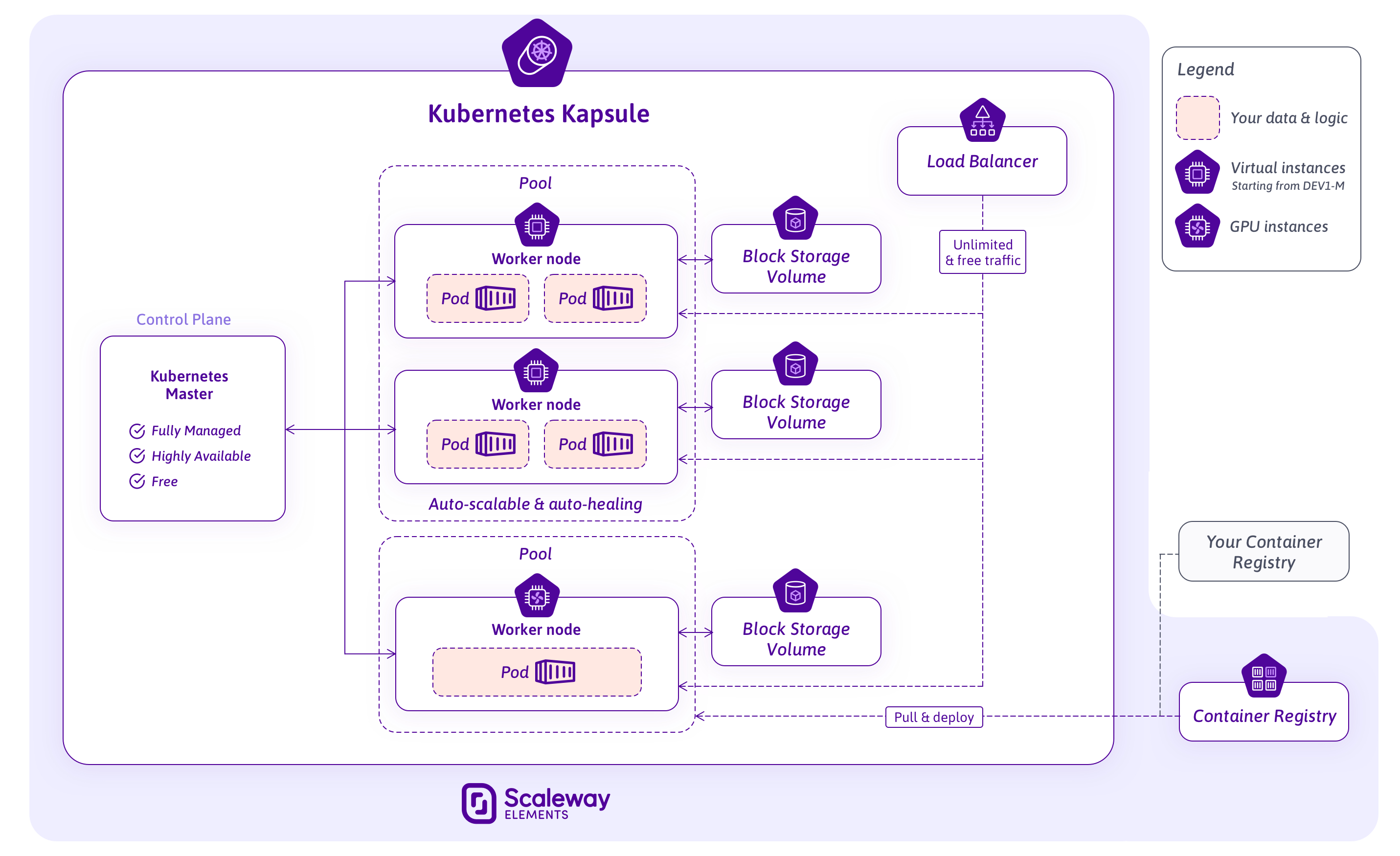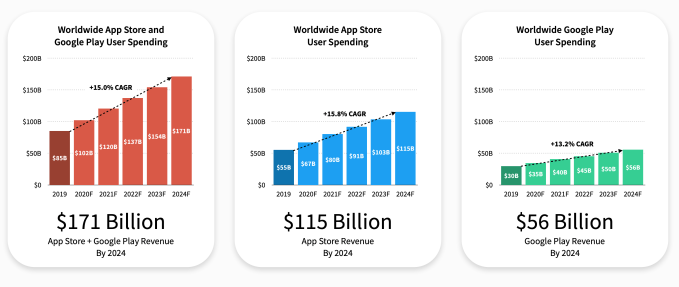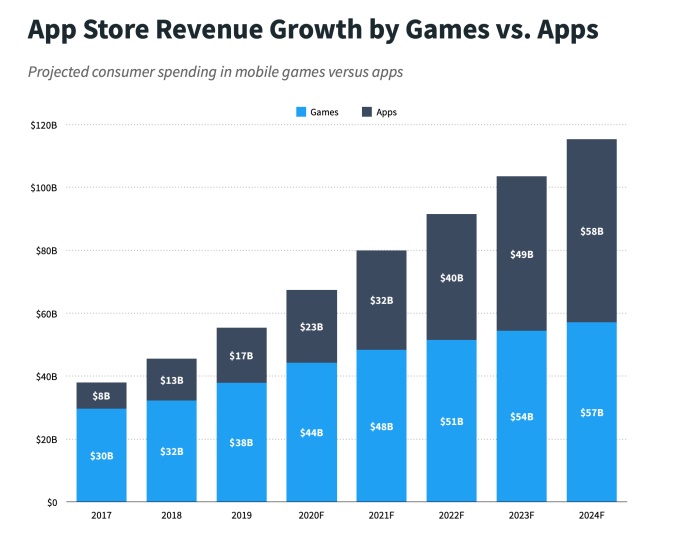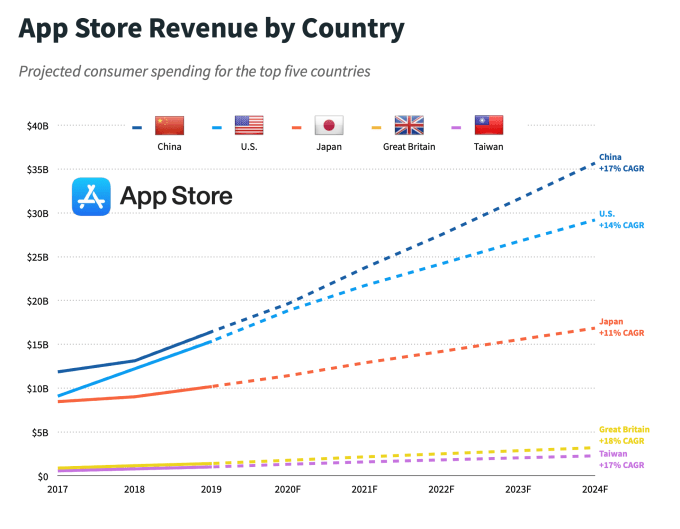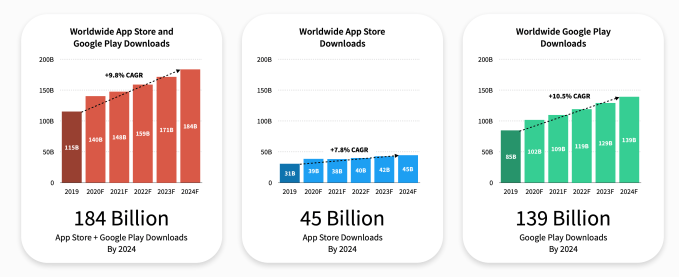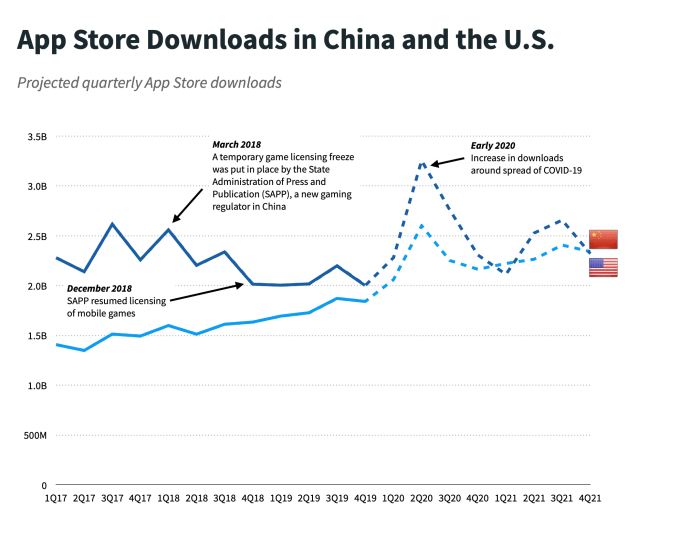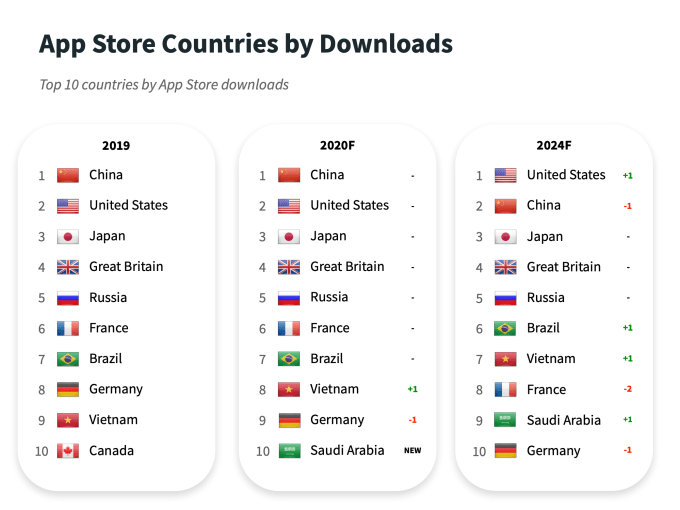Hulu co-founder and former chief executive Jason Kilar has been named the new chief executive of WarnerMedia .
It’s the latest executive reshuffling at the AT&T-owned media giant, which saw its previous CEO, John Stankey promoted to president and chief operating officer while still holding the media subsidiary’s reins.
Stankey will remain in those roles, and Kilar will be reporting to him starting on May 1 — right before the launch of WarnerMedia’s new streaming service HBO Max.
Kilar has plenty of experience in the streaming world, not just through his time at Hulu (which he left at the beginning of 2013), but also as co-founder and CEO of video service Vessel, which was acquired and shut down by Verizon (which also owns TechCrunch). And before all that, he spent nearly a decade at Amazon, where his roles include senior vice president of worldwide application software.
The fact that Kilar is taking the lead at all of WarnerMedia, including its film and TV divisions, suggests that streaming is going to the company’s biggest priority moving forward.
“Jason is a dynamic executive with the right skill set to lead WarnerMedia into the future,” Stankey said in the announcement. “His experience in media and entertainment, direct-to-consumer video streaming and advertising is the perfect fit for WarnerMedia, and I am excited to have him lead the next chapter of WarnerMedia’s storied success.”
There have been some signs of tension between Stankey and other WarnerMedia executives, include reports of an awkward town hall meeting at the HBO after AT&T acquired what was then known as Time Warner. Then there was the departure of HBO CEO Richard Pleper, who subsequently signed an exclusive production deal with Apple TV.
HBO Max — which will include HBO itself, along with a broader library of Warner Bros. films, original content aimed at younger viewers and more — is likely to face additional challenges. Although it builds on HBO’s success with HBO Now, WarnerMedia’s big bet is coming relatively late to the streaming wars. And at $14.99 per month, it has a higher price tag than most other services.
Analyst Matthew Ball suggested that with WarnerMedia planning to eventually launch a lower-priced, ad-supported version of HBO Max, this could be the end of the company’s traditional pay TV model:
AT&T, meanwhile, is essentially raiding all of TBS, TNT, and TruTV’s most promising original series as HBO Max exclusives, plus it’s taking exclusive digital rights these networks’ most valuable reruns (e.g. Impractical Jokers). Some shows are still premiering on these linear networks — at least for now — such as the upcoming Snowpiercer TV series (which will be TNT’s most expensive show ever). However, these are expected to “re-premiere” shortly thereafter on HBO Max, potentially as early as the next day (which essentially makes them HBO Max Originals). …
And by the time HBO Max launches a low-cost AVOD service in 2021, it’ll be unclear why anyone would pay to access any of WarnerMedia’s content via linear and ad-heavy Pay-TV channels.

